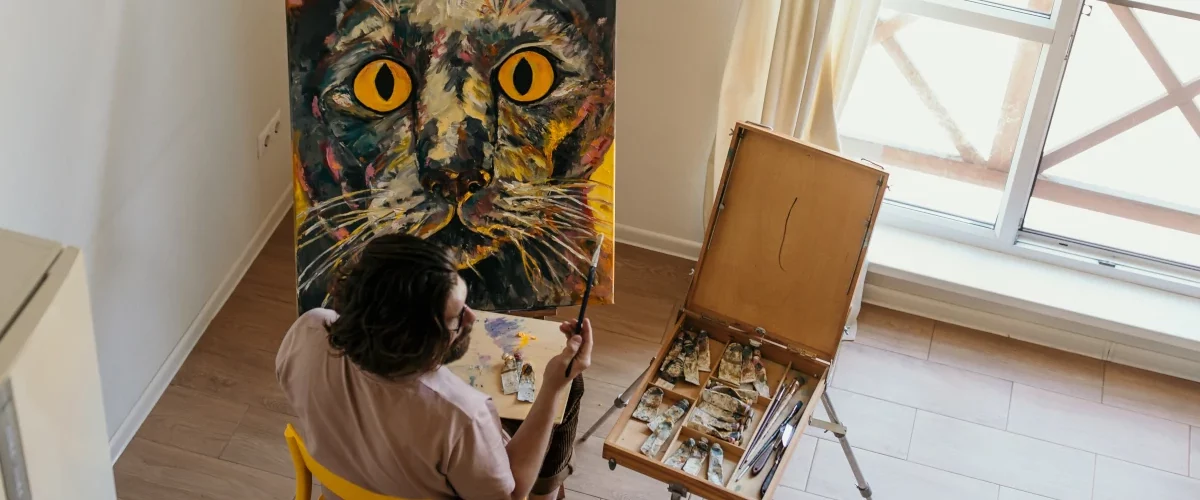The influence of art on mental health is profound. Both creating and experiencing art can foster emotional healing, provide stress relief, and enhance cognitive functioning. Understanding this relationship is crucial in appreciating art’s full potential.
Art as a Tool for Emotional Healing
Art can serve as a form of therapy, facilitating emotional healing. It provides a non-verbal medium to express emotions, helping individuals process complex feelings. Whether through painting, drawing, music, or dance, art allows people to externalize their inner emotional world, promoting healing and self-understanding.
Stress Relief Through Art
Engaging in art activities can significantly reduce stress levels. The act of creating art requires focus and mindfulness, drawing attention away from stressors. This process often leads to a state of flow, bringing relaxation and peace of mind.
Art also enhances cognitive functioning. It stimulates neural connections that promote cognitive flexibility, problem-solving, and critical thinking skills. Additionally, engaging with art can improve memory and resilience against age-related cognitive decline.
Art holds significant potential for individuals living with mental illness. It can provide an outlet for expression, reduce symptoms, and improve quality of life. Numerous studies have shown the benefits of art therapy for conditions like depression, anxiety, and post-traumatic stress disorder.
Art Appreciation and Mental Health
Experiencing art also influences mental health positively. Visiting art galleries, attending concerts, or even viewing art online can evoke emotions, inspire ideas, and induce calm. Art appreciation encourages mindfulness and presents an opportunity for emotional connection and introspection.
To exemplify the influence of art on mental health, consider the ‘Art Lift’ project in the UK. This initiative prescribes art activities instead of medication for individuals with mental health challenges. Participants have reported reduced symptoms, improved well-being, and enhanced social engagement.
Conclusion: Embracing the Influence of Art on Mental Health
The influence of art on mental health is undeniable. From emotional healing to stress relief to cognitive enhancement, art holds the power to transform and heal. As we continue to navigate a world where mental health challenges are prevalent, embracing art can be an integral part of the solution.
Art is not just a source of beauty and inspiration—it’s a vital component of our mental well-being. By creating, sharing, and appreciating art, we can foster healthier minds and happier lives. The influence of art on mental health is not just a theory—it’s a reality that we can all experience and benefit from.
Learn more about art at Luxpeer.com Art blog.
